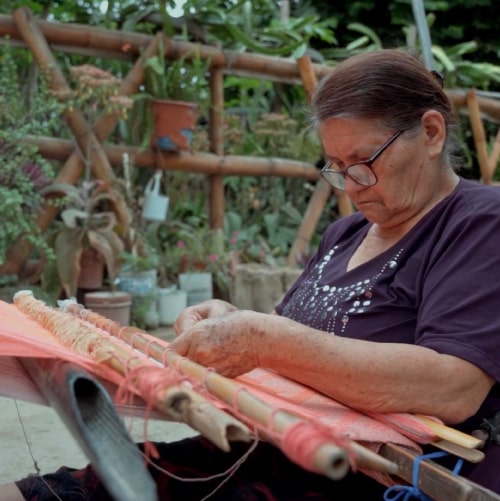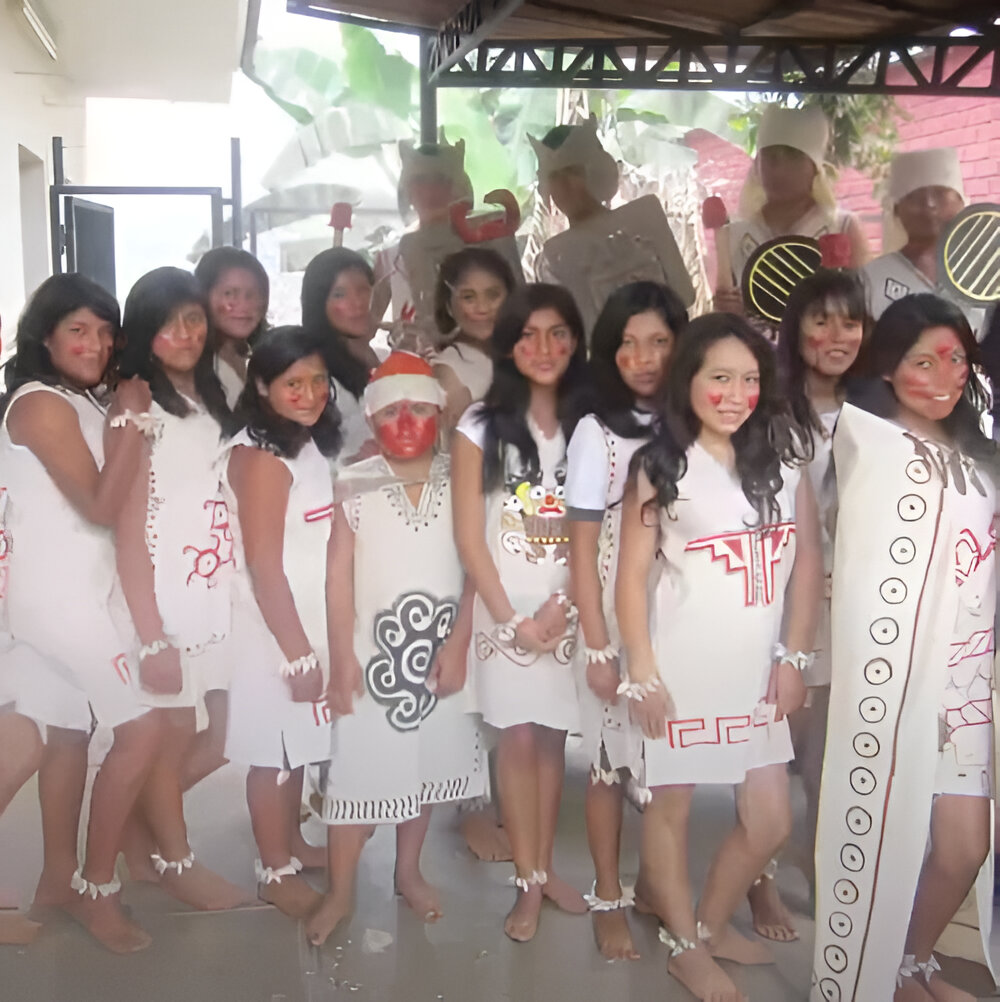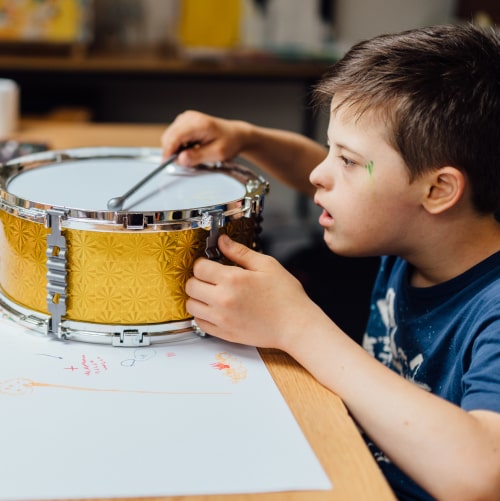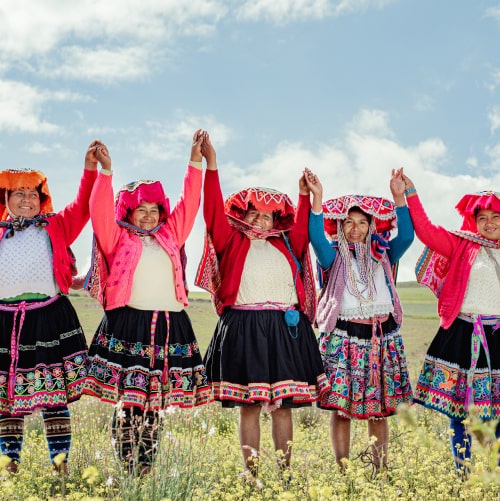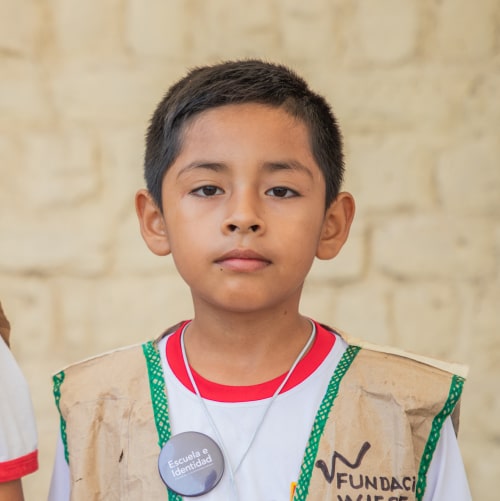Regarding skills-based education, we will analyze the value of critical thinking, reasoning, and creativity in the classroom through this interview with Willy García, director of Pestalozzi School.
As part of the series “Educational Dialogues”, driven by the Wiese Foundation, Lilia Calmet, ex-director of educational projects, talked with Willy García, director of Pestalozzi School, about “The National Basic Education Curriculum and the promotion of critical thinking, reasoning, and creativity in our students”.
During this conversation, García indicates that the skill of inquiry allows for students to exercise critical thinking.
“When you problematize, which basically means analyzing the situation presented to you, you are putting into practice, without a doubt, your critical thinking and creativity”, comments the director of Pestalozzi School.
In this same line, the teacher specifies that the focus on inquiry, scientific formation, and technology is in support of this proposal for education based on skills. “All of these are there together, when you develop one, you base yourself on the focuses that your area is proposing”.
García considers that, furthermore, at all times, the student is developing her or his critical thinking and creativity.
“The same thing happens when you work on the skill of analysis, where clearly in some way you have to consider the implications of the measurements, so critical thinking is evidenced”.
Skills-based education
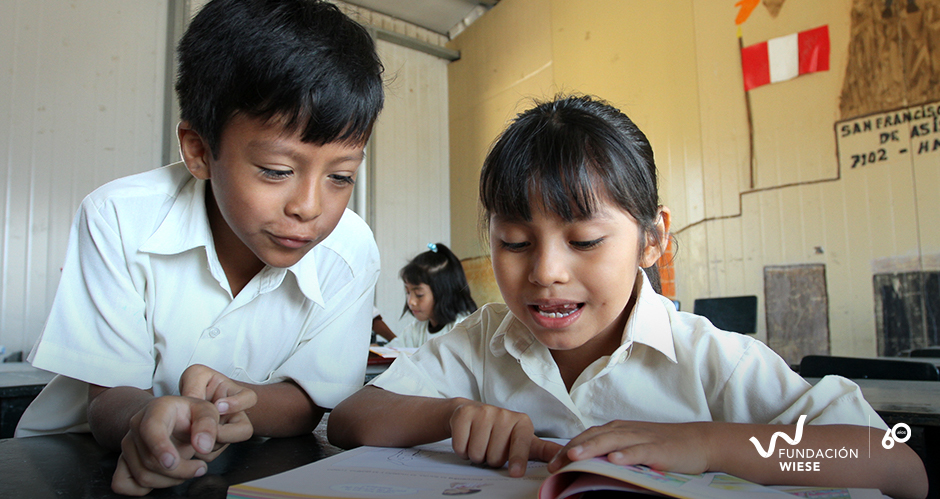
Regarding logical thinking, the director of Pestalozzi School says that all statements of hypotheses require a previous analysis of the situation where the student makes use of his or her creativity to design a procedure that allows him or her to substantiate, validate, or refute his or her premise.
“I simply believe that the proposal is as simple as developing the skills that are formulated in the curricular documents. In my opinion, they are totally connected, there is no way to develop these capacities, these skills, without using critical thinking, creativity, and logic”, assures García.
With regard to the design of technological solutions, García states that it is based on the principles of problem solving.
“When students clearly look to solve a problem, which can be posed by the teacher or their own need, they put into use these skills of logic and creative thinking, because it is not easy to solve the problem”.
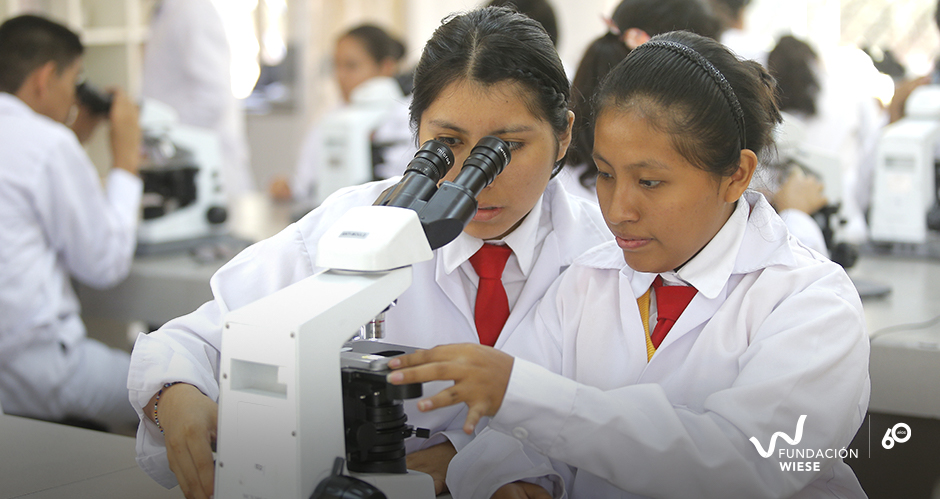
García affirms that the development of critical thinking is very broad and is also exercised in problem solving.
“When the skill of designing technological solutions is developed, you become part of a process about which you begin thinking, for example, proposing what solutions there are, designing the path to work toward solutions. Finally, you evaluate the significance that this type of technological solutions has on the environment and society, where this skill also strongly evidences critical thinking”.
Finally, García recommends that teachers elaborate good questions that can lead to structural inquiries or even research projects. “A Good question is the starting point for the student to develop all the abilities of these skills”.
If you wish to learn more details about this interesting interview, watch the complete video here.



